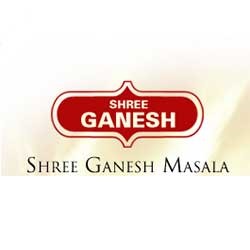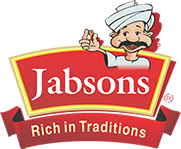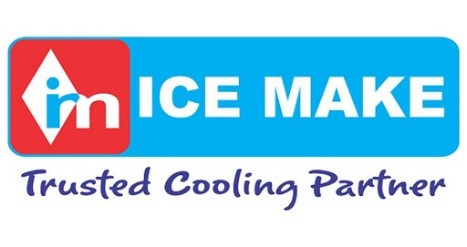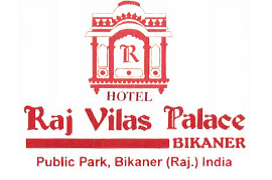H&M Hennes & Mauritz AB & Anr. v. HM Megabrands Pvt. Ltd. & Ors.
Facts of the case:
Plaintiff No. 1 H & M Hennes & Mauritz AB, Sweden is the proprietor of the trade marks H&M and the Plaintiff No. 2 H & M Hennes & Mauritz Retail Pvt. Ltd., New Delhi is a subsidiary of Plaintiff No.1 in India and carries on business under the trade / service mark / name H&M. Plaintiff No. 1 has more than 4000 stores/outlets in 61 markets worldwide and provides goods through online shopping in 21 countries. The Plaintiff No.1 adopted the trade mark/name “H&M” in early 1970 and secured earliest registration for the mark in the year 1985 in the United Kingdom, whereas it was registered in India in 2005. The Plaintiffs have claimed prior user and adoption of the trademark and also exclusive right over the artistic work and colour combination of the trademark “H&M”. The Plaintiffs have contended the defendant has adopted for “H” & “M” in a manner similar to that of the plaintiffs and used the colour combination of red and white as well, thus infringing the plaintiffs’ rights in their mark.
On the other hand, the Defendant No. 1 HM Megabrands Pvt. Ltd. engaged in the business of marketing, supplying, selling of garments and ancillary products under the mark/ name HM/ since the year 2011 and applied for registration thereof on 11th April, 2014. In their defense, the defendants contended that the defendants have adopted the trademark HM from the initials of name of the defendant i.e. Hashim Merchant & his brother Hamza Merchant and therefore defendant honestly and bonafidely conceived and adopted the trade marks “HM MEGABRANDS”. In addition, the defendants contended that the word “Megabrands” distinguishes the mark of the defendants from that of the plaintiffs. Also, the defendants’ primary contention was that the Plaintiffs the plaintiffs had not entered the Indian market in 2011 i.e. the year of adoption of the defendants’ mark and thus had not acquired any reputation with respect to their trademark in India.
Issues :
-
Whether the defendant had intentionally made a trademark similar to the trademark belonging to the plaintiffs?
-
Whether the Delhi High Court had jurisdiction to decide the suit?
-
Whether the plaintiffs’ suit would survive despite not establishing themselves in India when the Defendants had adopted their trademark?
Judgment :
The Hon’ble Judge has considered that how a purchaser with an average mind of ordinary intelligence will look upon or react to the mark of the defendants and what association he will form by looking at it and in what respect he would connect the mark to the goods he was purchasing, the only answer is that a purchaser familiar with the plaintiffs and their brand H&M, seeing the brand HM of the defendants and seeing it described as a megabrand, is likely to associate the goods of the defendants as those of the plaintiffs. Anyone familiar with the mark “H&M” of the plaintiffs on seeing the mark “HM Megabrands” thus is unlikely to differentiate the defendants from the plaintiffs. The suffix “Megabrands” to the alphabets “HM”, rather than distinguishing, reinforces the impression in the mind of the consumer that the business of the defendants is the business of the plaintiffs which vis-a-vis the defendants at least was a megabrand on the date when the defendants commenced business. As far as the question of the plaintiffs’ presence in India at the time of adoption of the defendants’ mark was concerned, the Court noted that for an international mark/brand to have reputation or goodwill in India, setting up of a shop or sale in India is no longer a necessity and the introduction of web-based sales has increased the familiarity of international marks and brands in the Indian market. Thus, the Ld. Single Judge ruled in favor of the Plaintiffs and upheld the interim application and restrained the defendants are restrained from using in any manner whatsoever the trade / service mark / trade name, HM or any deceptive variation/s thereof, singularly or in conjunction with any other word or monogram/logo or label in relation to their products/services/business whether as a trade mark, service mark, trade name, corporate name, trading style or as website, domain name and e-mail address.
Conclusion :
While adopting a trademark, it is imperative for any person to adopt a trademark which can easily distinguish their products from that of the others. Especially in the clothing and garments segment, copying of the logo and selling goods online and offline have become very common and therefore to avoid chaos and unhealthy competition, a independent and distinctive mark should be adopted so that general public at large will not get confused between the two trademarks and can buy genuine and authentic goods.

































































